The highly anticipated successor to the EM5, the EM1, comes with many upgrades that users asked for as well as some nice surprises. My review of the EM1 is written from the perspective of someone who has spent some extensive time with it and put it through a series of real world tests (long exposure, panning, difficult lighting, etc.). I will focus on the two most important factors I consider when buying a camera, build quality and image quality. By no means is this review scientific but it should give you a good idea of whether or not this camera can meet your needs.
Check out the EM1 User Guide Here
The Best Lenses For The OMD And M4/3 Cameras Can Be Seen Here
The camera used is obviously the OMD EM1 and I used the Panasonic 35-100mm Lens (review) for the shots below (The Panasonic LUMIX G X VARIO 12-35mm/F2.8 Lens
is another great lens that I tested on the EM5 and reviewed here).
Image Quality
The image quality has seen a small boost over its older brother the EM5, this was achieved by removing the low-pass filter on its new 16 megapixel Live MOS sensor (as well as the new TruePic VII processor) however the vast majority of us won’t really notice much of an image quality difference from the EM5. With that being said, the EM5 was no slouch in this department so the camera will produce professional quality images of your cat BoJangles at the press of the shutter.
Note that your image quality will vary depending on the lens you choose to put in front of your cameras sensor, as it would with any camera. The higher the quality of lens you use the more likely you are to realize the full potential of the EM1 (or the EM5 for that matter). The shots here were taken with the Panasonic 35-100mm f/2.8 Lens (review).
Crop of top photo, notice the detail and the tiny spider web coming from the left of the flower. Very sharp.
Unfortunately the JPEG, as well as the RAW, files processed using Lightroom 5 over saturate the reds much the same as the EM5 (the RAW file above was desaturated -21 on the saturation bar slider). If you plan on shooting colorful images it’s a good idea to either underexpose or shoot in RAW so you can retain detail if you need to reduce saturation. The good news is this could very well be addressed when the final support update for the EM1 in Lightroom 5 is released, as of typing this Lightroom’s support of the EM1 is not the final version.
* To adjust the cameras saturation and sharpness adjustments check out my EM1 Guide here.
The JPEGs that come out of the EM1 are pretty close to what I’d be comfortable with publishing without much editing, except for the previous mentioned over-saturation that can occur from time to time. There are two cameras that I’ve felt this comfortable with their JPEGs, the EM5 and the Fuji x100s.
That’s really my only complaint with the EM1’s image quality and something that can easily be addressed in post processing. The images come out very sharp and the colors are generally pretty accurate. Be aware that the EM1 will have inherent IQ limitations due to the size of the sensor, things like dynamic range as well as high ISO quality will fall short of your expectations if you are coming from a full frame camera like the D600 or D800 (though the EM1 is not positioned as being better than full frame cameras but rather an alternative to the size and weight of these monsters without settling for mediocre image quality). I feel the trade-off is worth it.
 ISO 250, 100mm, f/3.2, 1/800 sec
ISO 250, 100mm, f/3.2, 1/800 sec
 ISO 250, 80mm, f/3.2, 1/1000 sec
ISO 250, 80mm, f/3.2, 1/1000 sec
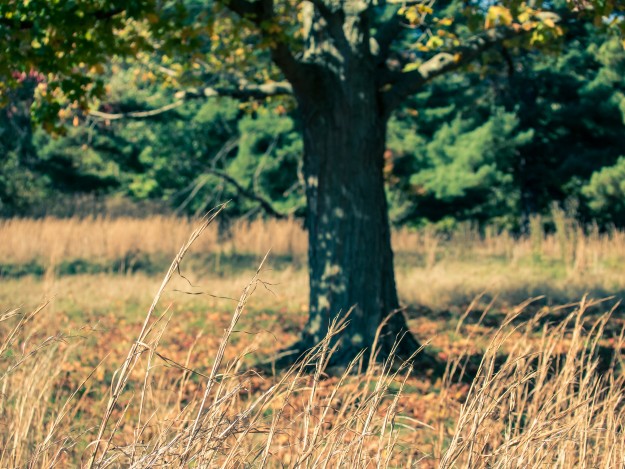 ISO 1000, 35mm, f/4.5, 1/4000 sec (left the ISO at 1000, happens to the best of us)
ISO 1000, 35mm, f/4.5, 1/4000 sec (left the ISO at 1000, happens to the best of us)
 ISO 250, 93mm, f/3.2, 1/800 sec
ISO 250, 93mm, f/3.2, 1/800 sec
Build Quality
The camera may be the most comfortable camera I’ve every used. And by “may” I mean it is. The EM5 had a clumsy little nub for your thumb unless you shelled out an additional two or three hundred dollars for the optional battery grip and if you read my review you’ll remember even then it was a clumsy camera that was unbalanced with all but one lens (ironically that lens was the Panasonic 12-35mm lens, it’s ironic because it’s not made by Olympus… get it?). The EM1 on the other hand has a great grip for your fingers built right into the magnesium alloy body which will have you wondering why you even need a strap (my strap is still in its packaging and will never see the light of day).
The buttons are laid out in such a way that I’ve yet to have to dive into the menu while shooting on a long afternoon. The buttons are not mushy like on the EM5 and the camera feels like a work-horse in your hand. The EM5 was supposedly drop resistant or proof or something but it felt like it would shatter if I dropped it while the EM1 feels like it could handle a tumble into the stream.
In addition to the upgrade to the buttons and dials there was a nice feature added to the mode dial, you can now depress a button in the middle that will lock said dial in place so you don’t accidentally hop into art mode and end up with 20 Sepia shots of your pet hamster Corn Fluff.
The rubber-like material Olympus used around the camera has a nice tacky feel that makes you confident the camera won’t slide out of your fingers on a hot day. The weather sealant coating is evident by the wet looking texture on everything that isn’t covered with the rubber like material and looks just like the Nikon D600’s coating (just an observation).
If I had one complaint (and I’m reaching here) it would be that the camera seems just a smidgen too short, so that your pinky hangs off the bottom of it while hand holding it while walking around (I’ve got small hands… small masculine hands). If you’re the type that walks around with your trigger finger on the shutter button (I don’t) then you don’t have to worry, you should have plenty of room. Those of you with big bear claw hands will need to invest in the battery grip which should be available towards the end of the year.
The battery is the same as the one used in the EM5 so if you are selling your old OMD EM1 to purchase the EM1 you should hang onto your spare batteries. I have not had any of the issues the EM5 had early on where the battery would be full, full, full, full, DEAD. I feel like the battery meter gives me fair warning so I can switch it out without missing a great shot.
Extras
HDR – The EM1 has seen the addition of a bunch of new buttons as well as new placement but one of them that stood out was the HDR button. I don’t do HDR myself but I’m sure it is a welcome surprise for those of you out there that are heavy HDR shooters. The button is on the left top of the camera and very easy to reach with the camera pressed against your peeper (that’s your eye you perv).
Time lapse – The time-lapse feature is one of those things you will probably seldom use but when you do you’ll think you’ve stumbled onto something new and magnificent. It’s really a remarkable feature and if you’ve never used it you should Google time-lapse and watch some videos to get a little inspiration.
The big difference here is that you can now shoot 999 shots rather than 99 shots as was the limit on the EM5. On top of that the EM1 will compile said photos into a time-lapse video right inside your camera… like magic. That’s all well and good if you don’t feel the need to edit the photos. If, on the other hand, you like to have creative control you will have to upload all 999 shots of your time-lapse to your post processing program of choice.
If you’ve got your mitts on an EM1 and want to know exactly how to set up the time-lapse function then head over to the EM1 Guide I put together here.
Conclusion
“the EM1 feels like the iPhone of cameras… everything is where it needs to be and the camera is easy to use for all levels of photographer.”
My overall opinion of this camera is it’s a very capable work horse that will appease pros with high expectations as well as budding photographers that want a camera on the cutting edge of technology. It’s easy to get intimidated by all the dials, buttons, and settings on a sophisticated camera but the EM1 feels like the iPhone of cameras… everything is where it needs to be and the camera is easy to use for all levels of photographer.
As far as image quality is concerned I gave up the D600 for the EM5 and never looked back and I feel the EM1 has slightly better image quality than the EM5. With the EM5 I was able to blow images up for print to 24×36″ and they looked amazing. If you need to print images bigger than this then you’ll need to look into full frame camera options like the D800.
I give this camera my highest recommendation… for what it’s worth.

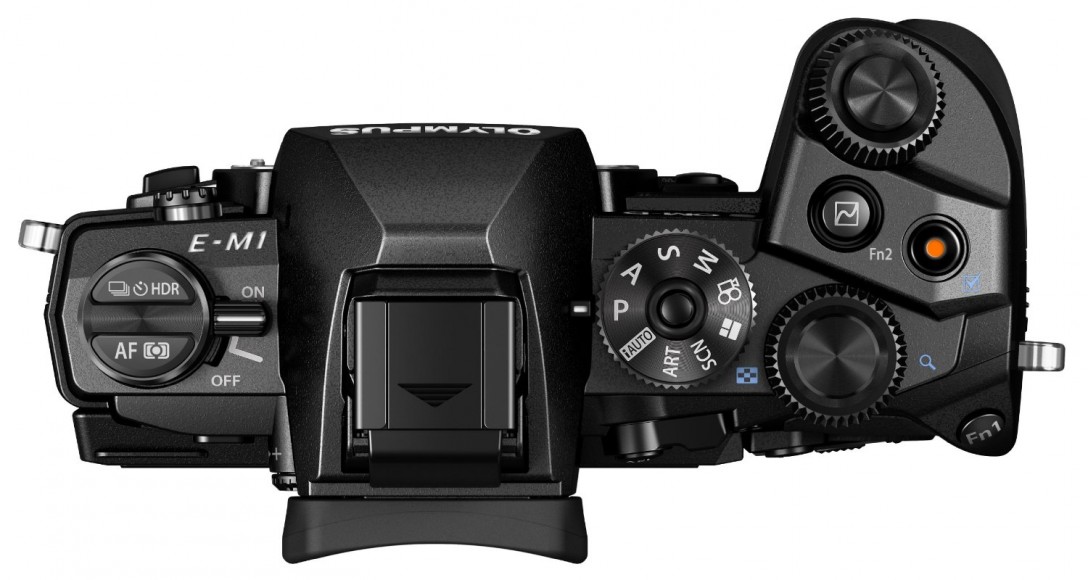
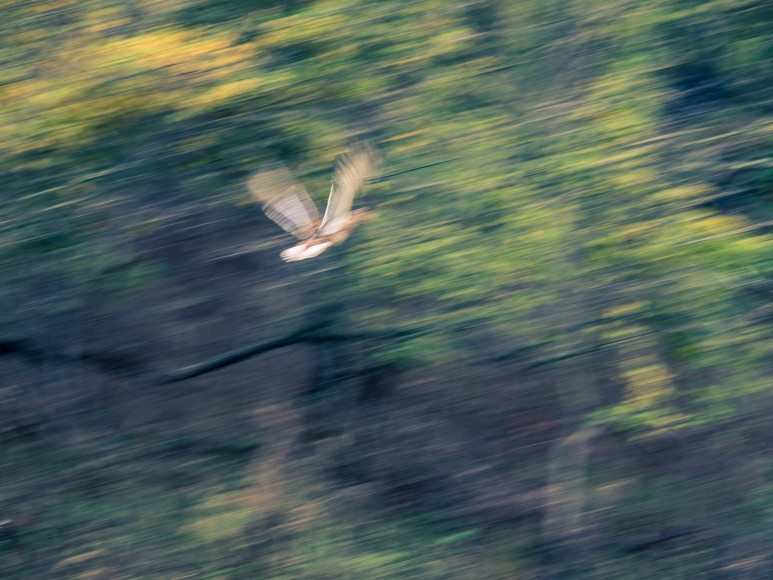
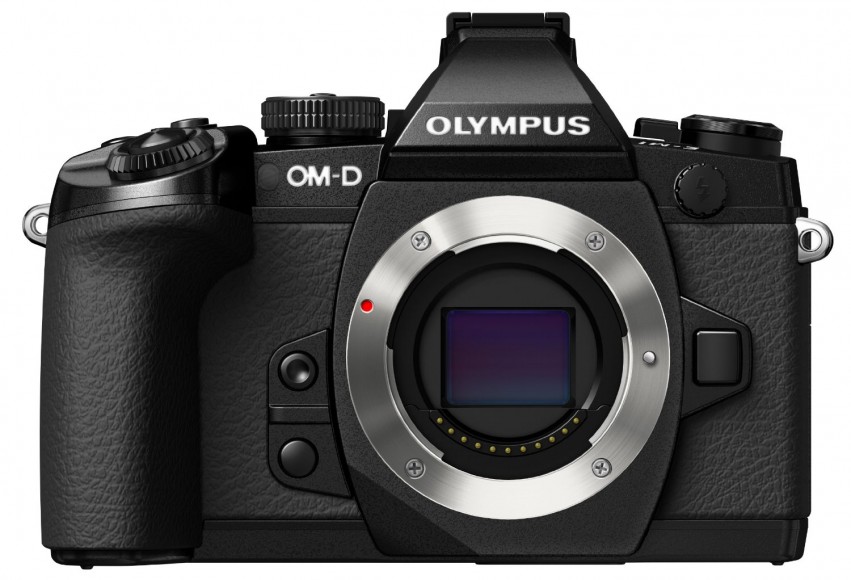


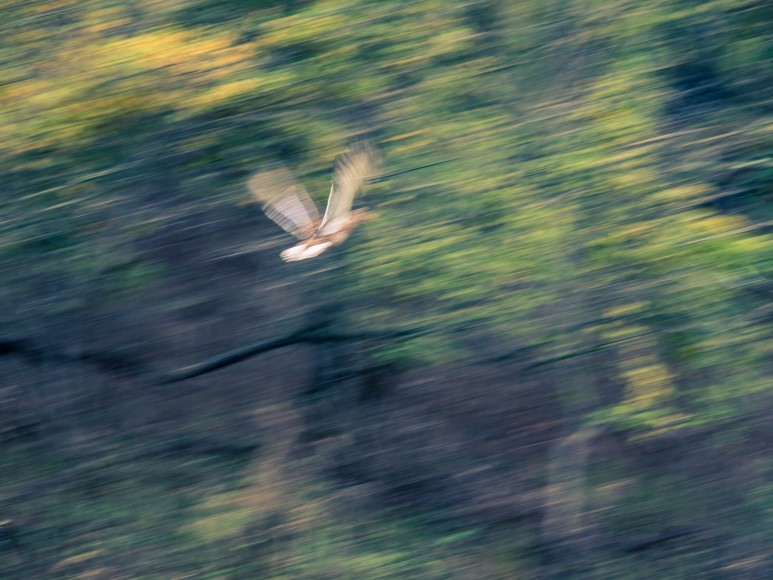


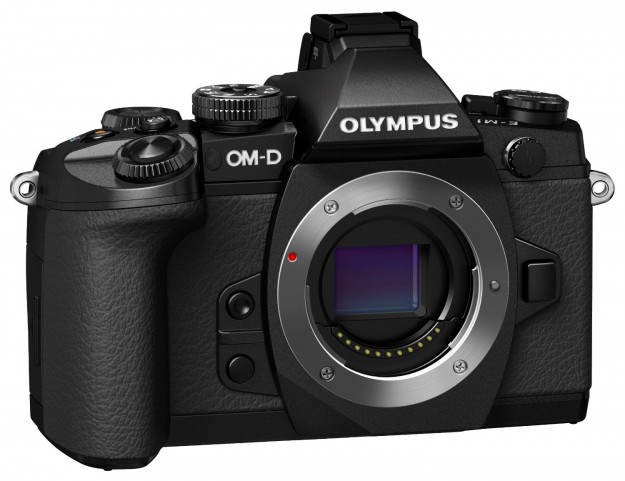
Great article. I learned things none of the other reviews had mentioned.
Thanks Don, I appreciate the feedback and I’m glad you found it useful. Take care.
The E-M1 ain’t an E-M5 successor and the smattering about IQ and the “small sensor” ruins every article, no matter how good the rest is. If you really, really need high resolution for huge prints, then the first thing that has to deliver this resolution isn’t the sensor, it’s the lens. That’s much more expensive for 35mm format than for FT/MFT. When the FT/MFT sensor isn’t enough, then, I think, you’ll most likely need a larger format than 35mm.
If you want to see what the E-M1 is capable of, the two Panasonic 2.8 zooms aren’t exactly the wisest choice. Try a 50/2.0 macro (FT), a 60/2.8 macro (MFT), a 75mm/1.8 (MFT) or one of the Pro and TopPro FT zooms. Chances are good you’ll never want to change back to 35mm format. 😉 The E-M1, having no AA filter, takes those lenses to a whole new level. And you get some of them really cheap (the 14-54 I for less than 200€, the 50 macro for about 300€!)
By the way: I don’t like iPhones when it comes to usability, not at all.
Jeff, thank you for your input… I wish you were correct but unfortunately you (and Harry Potter) could create an optically perfect lens for the EM1 but still would not be able to enlarge the image larger than the dimensions I gave without image quality degradation. To be fair to you though, it’s not just the physical size of the sensor it’s the amount of Megapixels that has a correlation to the ability to print large prints.
You are right, prime lenses tend to have better iq over the panasonic zooms and are great for folks wanting primes. A vast amount of people prefer zooms and the two panasonic lenses are the best on the market (native to m4/3). To each his own.
Take care.
True, there’s a limit with the pixelcount on the sensor. But there are so many people around going on and on that 35mm “is better” because it’s bigger, which isn’t true.
Anyway, if the lens doesn’t provide, the larger sensor is pointless. I think most people don’t hit the resolution limit of FT or MFT, most people don’t even print their images, which makes 35mm even more pointless: It’s heavier and more expensive than FT/MFT without serious advantage in most situations. Those people who really need high resolution for large prints skip 35mm and go for something even bigger. Whether 16MP are enough for 36″×24″ (that’s about 91cm×61cm, that’s huge in my eyes) depends on the distance from which you look at the print, as well. My computer monitor has 86 dpi, I would use that for large prints, at least for pictures taken with a sufficiently good lens. Whenever I hit a picture taken with the 50mm macro while skipping through my images, I recognise it immediatelly. The difference to the 14-54 is that big. And I bet the 14-54 is way better than the Panasonic 12-35, at least on the E-M1. And second hand it’s really cheap.
So, I guess 50″ on the long side should be possible even with the E-M5, unless it’s a picture of, let’s say, a landscape, where you want to go closer to see tiny details. But then again, that’s a case for panorama photography/stitching.
There’s another problem: If you really want to get the whole resolution capabilities of a 35mm camera like the D600 or the new Sony A7(R), you have to avoid even the smallest camera shake. Shooting without a tripod most of the time, you don’t use that resolution, unless the shutter times a very short, which often means you have to turn up the light sensitivity a good deal, and that always ruins details (and not using really very good lenses, which are ridiculously costy, huge and heavy for 35mm).
Don’t get me wrong, I agree with what you say in your article, the E-M1 is great, it’s only this neverending sensor-size discussion I’m so tired of. 😉
I only wonder, why you didn’t have the 12-40 for the test. Is it your E-M1, or was it given to you only for the test?
And the E-M1 still isn’t the successor of the E-M5. 😉
PS: I would say the FT zooms like the 14-54 are quasi-native to the E-M1, as the camera was built/placed to use the FT-Zuikos. I really recommend to try one of those. They’re optically ahead the MFT zooms, which are built with taking software correction into account, while the FT zooms are not. They’re corrected optically.
Well like you said, I was just making an observation… I’m not assuming full frame is ideal for everyone or M4/3 for that matter, to each his own but it’s a fact that there are some limitations with the m4/3 sensors compared to full frames. I think it’s important that folks know that so they can make informed decisions. Whats right for you and I may not be for someone else. I agree that people spend too much time on the subject and not enough time outside with their cameras.
The em1 I reviewed is one that I own and I’ll have a review up of the 12×40 once I get to spend more than a week with it. I’ll be sure to compare it to some of the other lenses out there like the pana 12x35mm.
FT lenses are quite nice optically and there is not a lot of info out there about them… perhaps you should write up a review of some of your favorites and submit them for the folks that are interested using the Submit an Article link in the main menu at the top of the page.
Take care!
I’m pretty sure I can print very big from my humble 15mp DP2 Merrill files.
Indeed, the “full frame” sensor’s real advantage is in higher resolution that can be used for large prints or traded off for less noise if we use all that resolution. Otherwise it doesn’t matter that much and the smaller sensor is just a crop – no magic in there. I feel the tradeoff is worth it in many (but not all) cases. As you pointed out, if the sensor out-resolves the lens we lose the advantage anyway. Also, too many pixels is not always beneficial. At certain point we just start resolving noise so there’s not much point in increasing resolution. The quality of the output can’t be reduced to just sensor area. Anyway, it’s exciting to have all these options. I’d sell my kidney for a camera like E-M1 just 5 years ago 🙂
So which one do you prefer: X100S or E-M1?
Both will have a place in my camera bag. There are certainly strengths and weaknesses for both and situations where one would excel over the other and vice versa. The X100S has incredible image quality and some amazing tech (like built in 3 stop ND filter) that I have come to love.
With the EM1 Olympus addressed most of my issues I had with the EM5 and I now find the EM1 as my primary bc of its ability to swap lenses and it’s awesome image quality.
Bookmark Photolisticlife and I’ll do another comparison, this time the em1 vs the x100s, and I’ll go into greater detail with some image comparisons.
Good question!
I prefer the E-M1 because it’s about the same size, more versatile, loaded with features, much faster and more precise, weather sealed, better viewfinder, has amazing lenses, should I go on? I’ve tries almost cameras, including several of Fuji’s’ offerings. I’d pay a little more and buy a camera that offers you the best performance. Also, the image quality of the Fuji X-Trans sensor is not that amazing. There’s just some clever RAW processing (cooking) going on under the hood. Less noise, less detail. You can often get about the same image quality with the E-M1, really. And you get so much more camera for your money.
Great review. Loving my E-M1 with 45mm f/1.8, 75mm f/1.8, 20mm f/1.7, and 12mm f/2.0.
Great combo, you will not be disappointed.
20mm f/1.8?? im not aware that exist you may have meant 20mm f/1.7 Panasonic? :-
It’s an easy mistake to make!
Yes you are correct, thank you!
Good for you Jeff ! Nice to here someone speak there mind!
Your right sick and tired of never ending sensor size…. Photographers
GET OVER IT ! Want big image quality get 8×10 camera ! Cheers Mike.
Great review, which gives a very good feel for the strengths of the camera. I have a Panasonic G3 and and very tempted by the EM-1 as I could still retain my existing lens collection (although I’m hesitant about how much of an improvement it would represent). The Olympus 12-40mm lens also looks tempting (since most of my photography is landscapes or architecture).
And I like the squirrel pictures, plus the mention of Corn Fluff and BoJangles :-).
Thank you! I have not used the Pana G3 so I can’t say what kind of difference you would notice. The Oly 12-40 lens is great but if you own the Pana 12-35mm f/2.8 you’d be hard pressed to tell a difference. The difference between the EM1 and the old EPL1 (my first micro 4/3rds camera) from Oly was fairly large but there has been quite a lot of technological advances since the EPL1 was announced and the EM1.
Haha, I have not read back through that article in a while… I forgot all about Corny and Bo. Good luck in your decision, if I can be of any help let me know.
Hi John – I now have an EM-1 plus 12-40 lens and am getting to grips with what it can do (your guide is very helpful). It really is a beautiful camera with a tremendous quality feel. I’m going to have lots of fun with it!
Awesome! Be sure to share some of your awesome shots through one of out photo challenges or on our Facebook page. Enjoy!
the G3 is Old technology Now Release date Jul 1, 2011 And were Now Nearing 2015
there are however a few advantages On Old G3 over EM-1 my Quick remembering fast to remembering features of G3 and being more in favor of Panasonic the fact that i used to own X2 G3’s
#1 Builtin Flash
#2 360 Compltely Rotationg Screen
#3 60fps Video / Olys broken Video =to Slow of focus to even be Usable Video & Only 30Fps 🙁
#4 IQ Quality a bit behind but marginal, as the G3 Still having 16mp & near identical Sensor
but all other features now falling way behind
but the features i pointed out are the more important features worth noting especially since these are features G3 Having over what i would call missing from so called Pro EM-1 Still in New debate in 2014
Karen if you favor Panasonic
Your nice Upgrade would be the G5 Or G6 & Beleave it or not
and even the G5 even has better trade offs in features over the Newer G6
its Biggest, bang for the Buck, Price Drop i PAID $700.00 Body only from Adorama & iv seen it near half that now and even offering up a newly improved 14-42mm Mark II Kit
I didnt get anything with mine for that whooping $700.00 a great reason we all should not just out there at new release or pre’orders
as if we keep jumping at what huge price tage they toss at us ..the Price will keep going up as it has
i own several Cameras including the EM-1 & G5 / D800 / SX40 HS / Eos EF M Body
EM-1 Video is 5 Miles / 5 Models Behind Panasonic and cant even be compared to Lower end GF2 / G3 / & G5 Does circles around it, Yet G5 3+ Years Old now Yet 5 Miles Ahead of Oly Video 🙂 its Vary disapointing as i just bought the EM-1 with high hopes
only to realize it cant Replace my G5 So i’ll keep my G5 as i search or deside on newer upgrade and Sell my Olympus EM-1 at Several hundred Doller Loss
Great Still but Broken Video unless your Only Face Tracking, :/
Hi John, just wanted to say thanks for the great review and to let you know that your review of this camera earlier in the year was instrumental in my decision to sell off my Nikon FF gear and move to the OM-D system with the EM-1.
As i mainly do street portraiture, I found the FF DSLR gear just too heavy and big to carry around the streets all day. Since owning the EM-1 I know i’ve made the right decision.
I just shot 2 strangers last week and the image quality is outstanding especially when coupled with the 45mm f1.8 prime lens. After 4 hours walking the streets I felt great without a sore shoulder or back!
Love the site BTW.
cheers
Peter Grifoni
http://www.flickr.com/photos/gtpete
Great Flickr feed Peter. Thanks for the feedback, I’m glad you like the EM1. Great lens choice as well. You should check out our Submit An Article page, I’d love to hear more about some of your street portraiture as I’m sure the readers would too.
Take care,
John
Great review. I sold an older nikon dx (D70) and very nice lenses and accessories to buy the em-1 with the 12-40mm pro lens and couldn’t be happier with what I have. Now I just have to figure out how to justify affording and getting the new 40-150 pro lens/with the optional TC when it comes out!